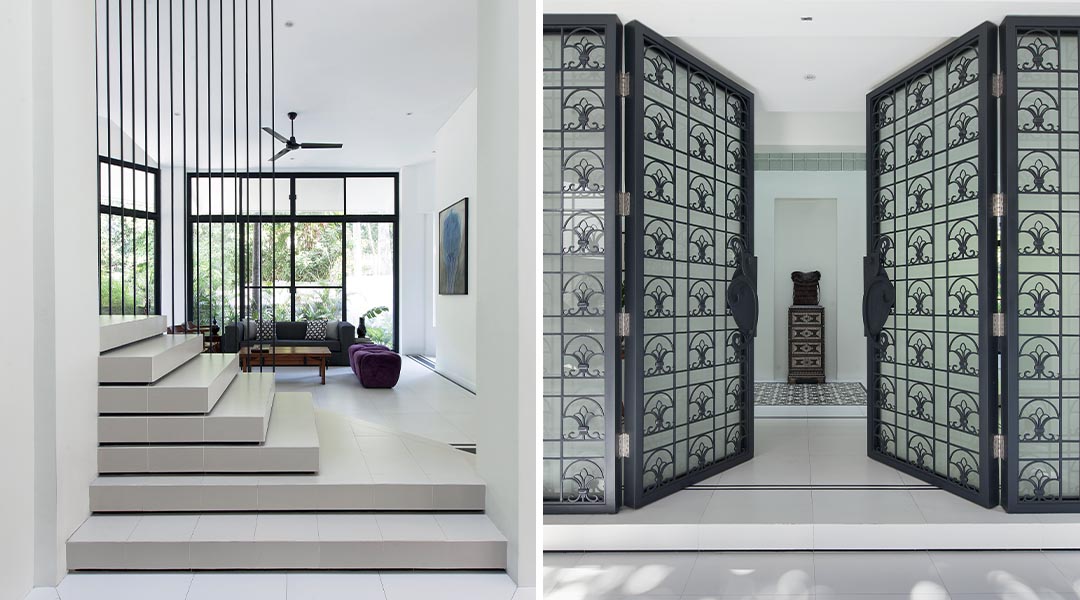
Shabestan House incorporates a wind tower to ward off the Manila heat
Upon entering the home’s frosted glass doors, one immediately sees a small square space defined by black and white Machuca floor tiles. It is a space asking to be filled, and one’s natural impulse is to take the three steps or so to cross the narrow foyer, step into the void, and look upward. The void rises to a height of 11.5 meters. A third of the way up, it is wrapped on four sides with bands of glass blocks, forming a lightwell capped on top with a skylight of low-E glass.
Now a lightwell covered with a skylight—even one of low-E glass—is one of the worst features a home in the tropics could have. It is a heat trap. But the void is surprisingly cool because the lightwell is also a wind tower or shabestan that juts out over the roofline of the house. All along the rim of the shabestan tower are windows to let warm air rising from below to flow out. The generous eaves crowning the wind tower and the sliding mosquito net screens allow the windows to remain open during rainy and gamu-gamo (alate or flying ant) seasons.
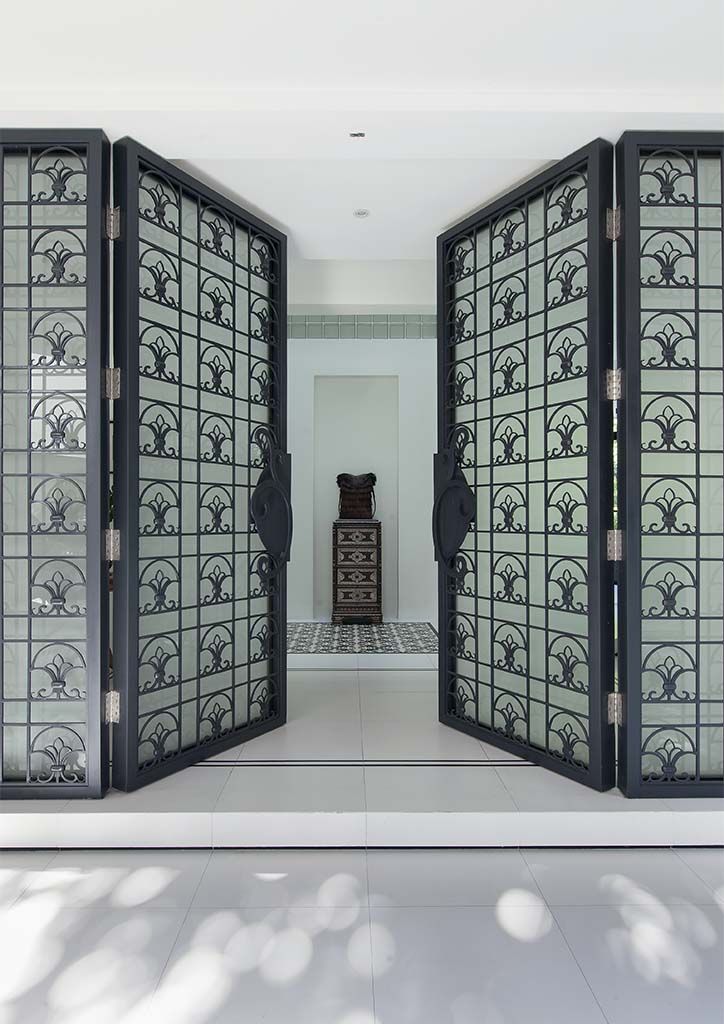

The idea of a wind tower for the house all began because of a meal the homeowner, a former journalist, enjoyed while on assignment in Tehran. Back in Manila, the memory of the exquisitely tender chenjeh and koobideh kebab he had partaken of moved him to look up Shabestan, the name of the restaurant that initiated him to traditional Persian cuisine. His research led him to indigenous Persian architecture and grew into a fascination for the wisdom of ancient Persian builders who, even in the fiercest of summers, kept their shabestan or underground sanctums cool with qanat or subterranean water tunnels, and ventilated their homes with wind towers that serve as solar chimneys, wind catchers, or both.
YOU MIGHT LIKE: An editor’s note by Dominic Galicia: “Concept, like beauty, is elusive.”
Living on the top floor of an apartment building, the journalist fantasized about punching a hole through the roof to exhaust his hit and stuffy quarters. When he was finally ready to build a home for his young family, he shared what he knew about the shabestan of Iran with his architect, Dominic Galicia. He could not have chosen better as Galicia is a firm believer in designing “parang walang kuryente,” or “as if there were no electricity.”
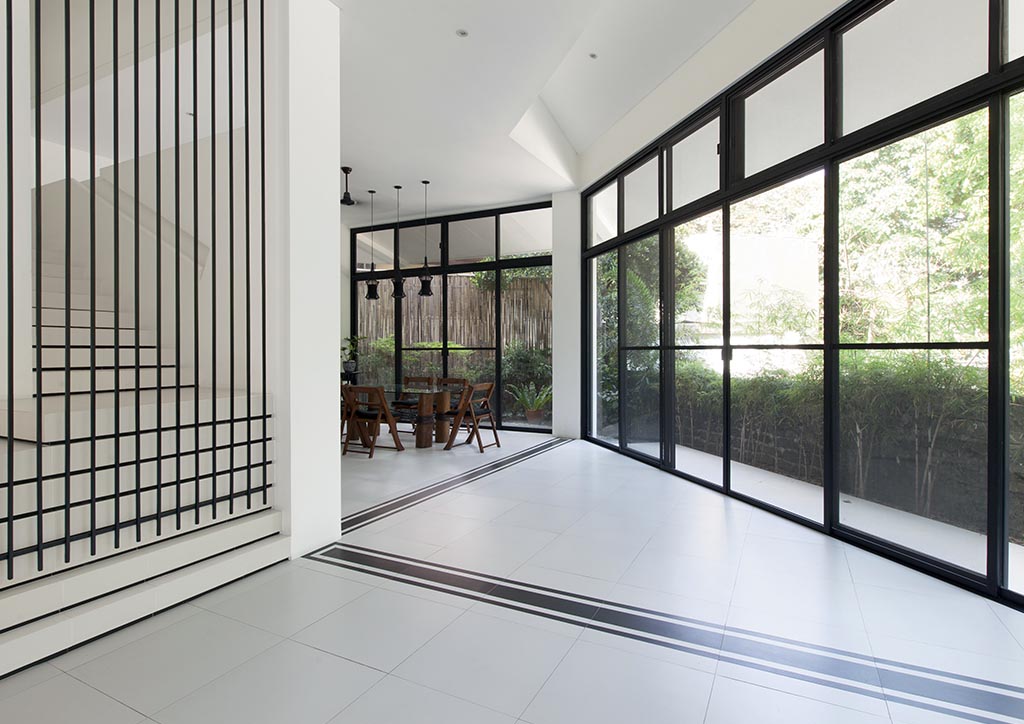
How the wind tower works is best appreciated in the afternoon when it is most needed. Breezes enter the floor-to-ceiling screen doors and windows lining the living and dining areas of the Shabestan House. The high ceiling (slightly over four meters) offers plenty of room for fresh air to wash through. Because warm air always rises over cool air, it naturally seeks to escape up the wind tower. And since the wind tower is a smaller and narrower volume than the ground floor area, the warm air accelerates in speed as it ascends the passageway, following the principle of the Venturi Effect. The rapid ascension creates a vacuum in the space below, sucking fresh air from the shady gardens outside into the house, and on and on.
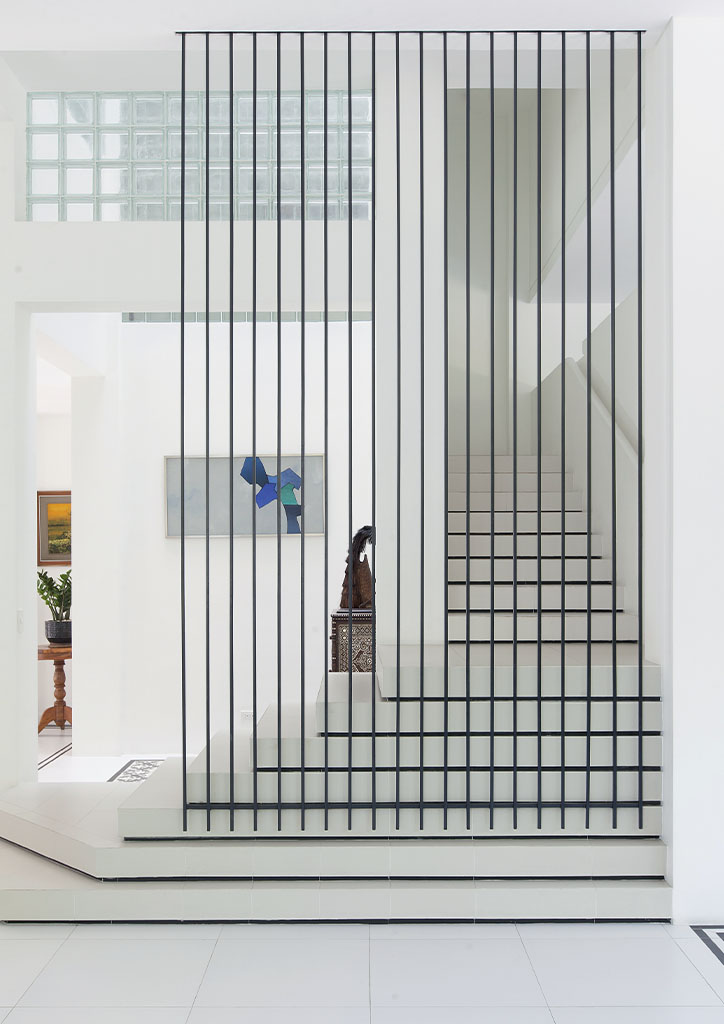

The void is the light and air-filled core around the compact house, a mere 157-square-meter footprint on the 540-square-meter lot, is neatly organized in a cruciform plan. The first-time visitor knows that he or she is to proceed to the right of the foyer, where the living area is in plain view. Once in the living area, one sees the dining area. And once in the dining area, one sees a door that leads to the family kitchen, a large, convivial space with a bar and lounge where friends and family chat over copious amounts of home-blended coffee.
READ MORE: The National Museum of Natural History – How it began
Just as the public spaces of the house coil counter-clockwise around the void in a most logical sequence, so too do the private spaces upstairs, from the master bedroom on the second floor to the children’s bedroom and guest room half a floor up, then another guest room and the library on the third floor.

The design of the staircase, which spirals around the lightwell, is genius. In most houses, the upper reaches of stairwells and upstairs hallways are often the hottest parts of the house, accumulating heat because there are no openings for it to escape. At the Shabestan House, there is no such problem, as warm air traveling up the stairwell exits through the windows at the top of the tower. Also, the treads leading up from the third floor to the top of the tower are narrower than the rest, leaving a gap between the wall and the treads for warm air from below to travel upward unimpeded.

Not content with adopting the climatic logic of the Persian shabestan to his client’s house, Galicia also used traditional Filipino ventanillas in all the bedrooms: openings close to the floor to let cool air come in as openings close to the ceiling let hot air out. All the windows and ventanillas are sufficiently shaded with canopies, allowing the residents to enjoy good ventilation in both hot and wet weather.
YOU MIGHT LIKE: Building the National Museum of Natural History’s Tree of Life
Galicia explains why he cares about passive cooling: “The rooms are cooled, the stairs are cooled, the core is cooled, so you’re not distracted by discomfort. To not be distracted by discomfort enables you to take your life to the next level of creating and of thinking.”
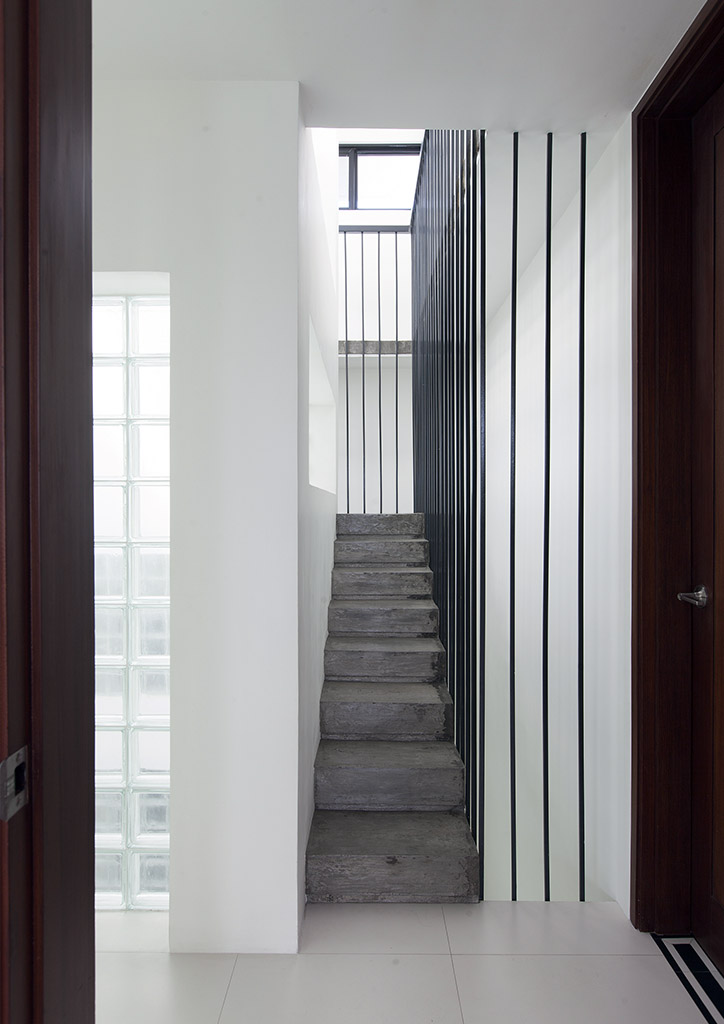
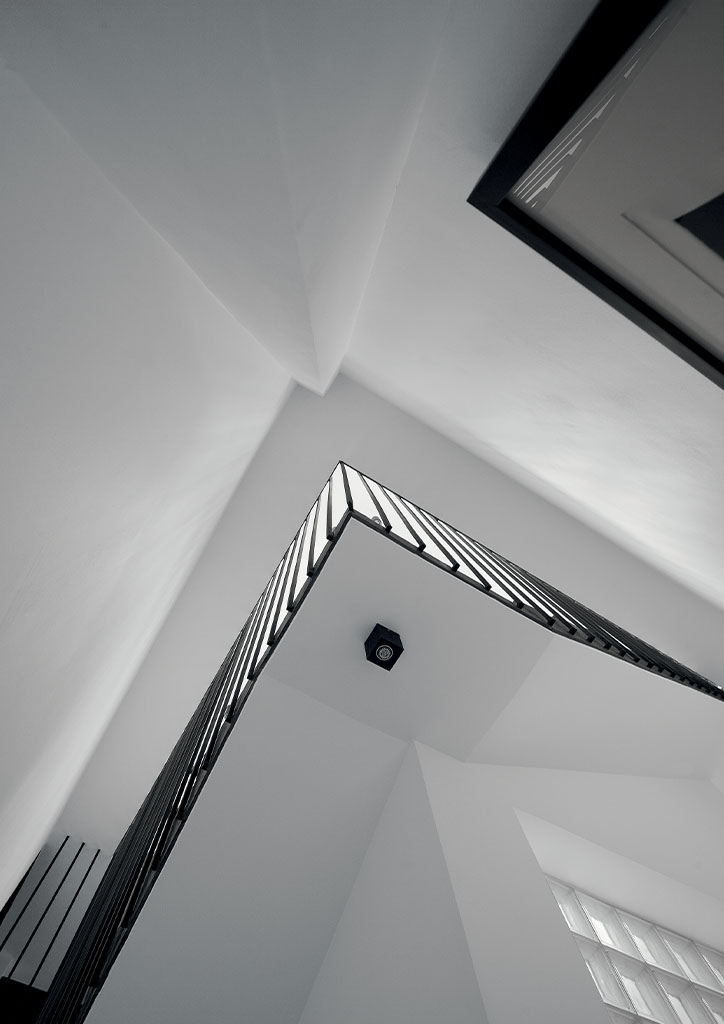
We ask Galicia, who has designed many churches and is a staunch heritage conservationist, what it means that at the heart of the Shabestan House is not an object but a void. Clearly, Galicia has meditated on this subject for he answers with feeling: “The emptiness of the center is a core of humility for the house. The emptier our centers are as human beings, the more pause there is for us to be humbled. The more humble we are, the more open we are to the gifts the environment can bring to us.”
If the house were not the cool and comfortable dwelling that it is, such words would be nothing but hot air. But having experienced their truth, we applaud Galicia for designing a house whose environmental and spiritual aspects are not addenda to the architecture but intrinsic to it.![]()
This article was first published in Tropical Architecture for the 21st Century Volume 1. Edits were made for BluPrint online.
Photographed by Ed Simon
READ MORE: Dominic Galicia on Designing the Ineffable


